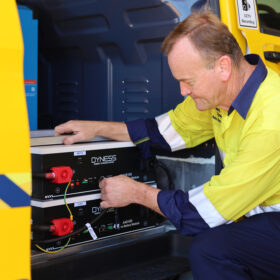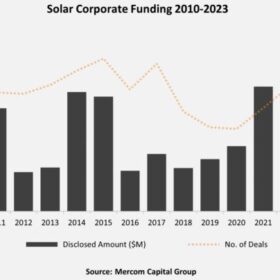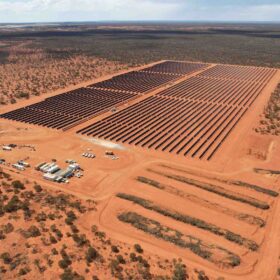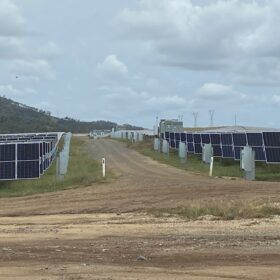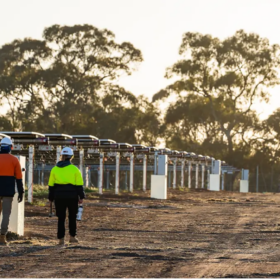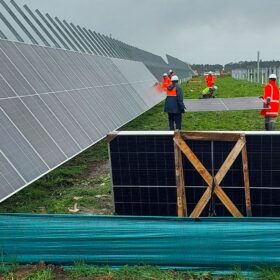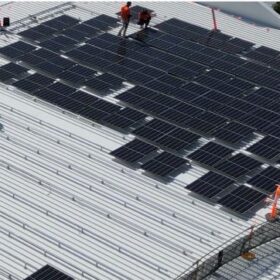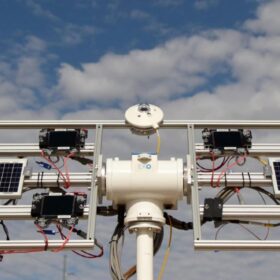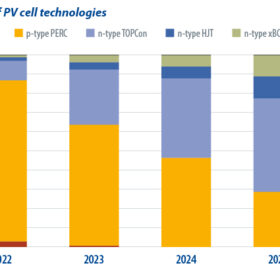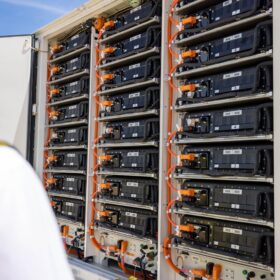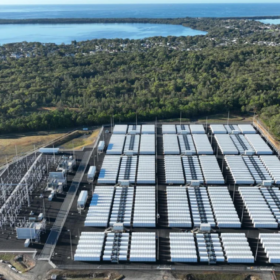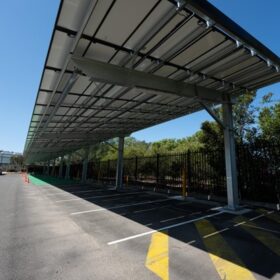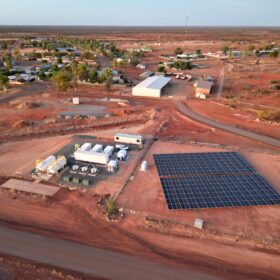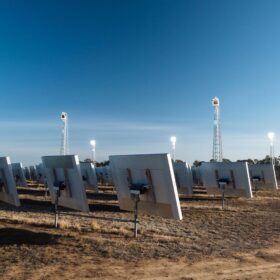RAC counters driver anxiety with mobile EV charging service
Western Australian motoring organisation RAC is trialling an electric roadside assistance van specifically designed to provide a mobile battery top-up service for electric vehicle drivers who run out of charge.
Solar corporate funding hits decade-long high in 2023
PV funding activity increased by 42% year-on-year in 2023, driven by strong growth in private market financing and debt financing, despite a decrease in the total number of deals, according to United States-headquartered consultancy Mercom Capital Group.
BHP searches for renewables to power Pilbara operations
Mega-miner BHP has reportedly put a request for proposal out to energy suppliers seeking new wind, solar and battery energy storage capacity as it progresses plans to electrify and decarbonise its mining operations in Western Australia’s Pilbara region.
Investor group warns of revenue risk for solar farms
The Clean Energy Investor Group has warned that solar farms in southwest New South Wales and northwest Victoria could suffer from “large and unpredictable” swings in revenues because of material changes in marginal loss factors.
Navigating the renewable space in 2024: What lessons can EPCs and government learn from 2023?
The Engineering, Procurement, and Construction industry stands at the nexus of innovation and change in the renewable energy sector where tendering processes and project approval rates will become critical focal points for many firms and broader developers.
NZ developer gets go-ahead for three new solar farms
New Zealand renewables developer Lodestone Energy has received planning consent for three new large-scale solar farms on the country’s South Island as it continues the roll out of a PV strategy that it expects will deliver more than 500 GWh in solar generation.
Origin zeroes in on Australia’s largest theme park PV system
Dreamworld on Queensland’s Gold Coast is now home to the largest solar system at an Australian theme park after the operators teamed with Origin Energy to install a 708 kW rooftop array that is expected to generate almost one quarter of the park’s annual electricity needs.
US startup developing perovskite-silicon tandem panels with 26% efficiency
Tandem PV has secured capital to advance its four-terminal perovskite-silicon tandem module technology and move closer to first manufacturing. The company claims its products maintain 80% of the initial performance after 25 years.
Weekend read: The writing’s on the wall for p-type
The shift from positively doped, “p-type” to negatively doped, “n-type” solar technology has sparked manufacturing expansion, says S&P Global’s Jessica Jin.
Government shift sees Frontier turn to battery for WA solar project
Frontier Energy has revised its strategy for the first stage of the proposed Waroona Renewable Energy Project being developed in Western Australia’s southwest to include a four-hour 80 MW battery energy storage system in a move that is expected to have significantly better economics than solar alone.
